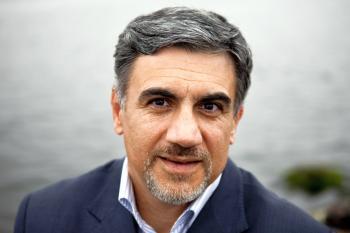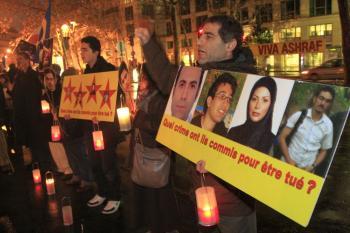There’s a sense of cynicism that has grown among much of the Iranian diaspora about the likelihood of regime change in Iran.
It’s not new, nor did it come about in a simple fashion. It’s been carefully baked year after year for just under the last 40 years of the Islamic regime’s rule.



